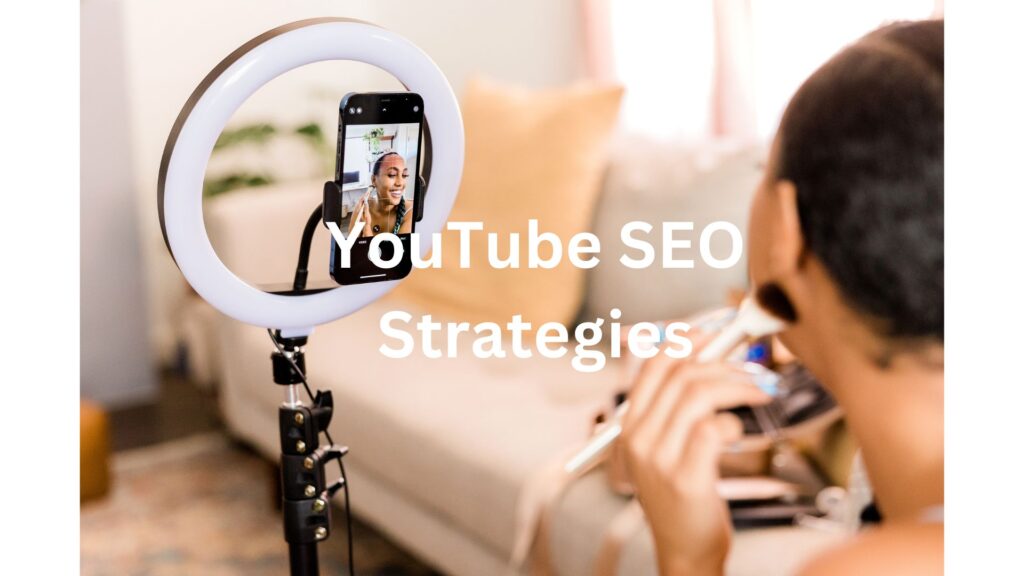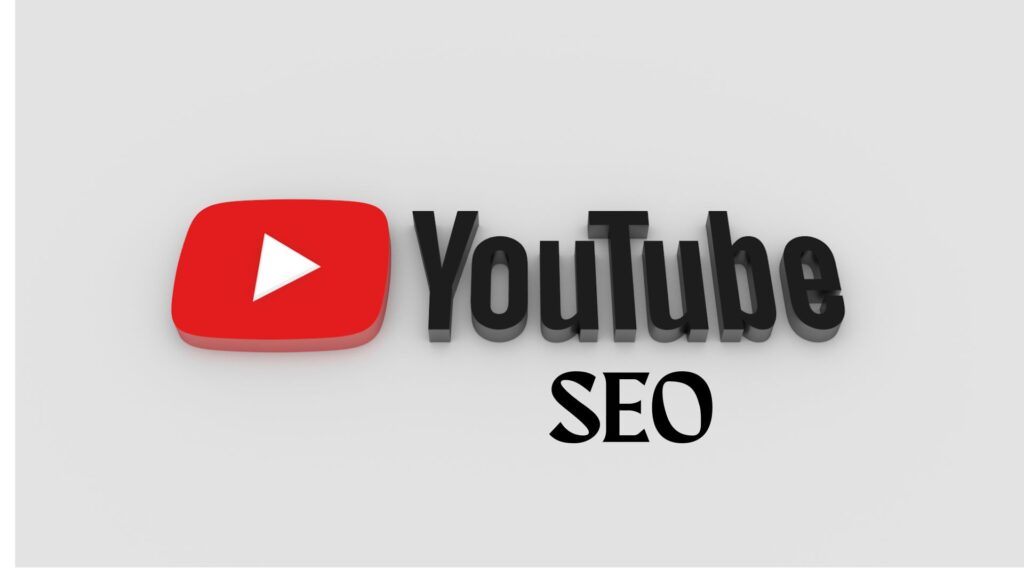What is YouTube SEO?
YouTube SEO is a technique for improving the placement of channels and videos in search results. The largest video platform on the internet is YouTube. It is crucial to understand how to tailor your content for the platform so that it can help to optimize your YouTube videos.
YouTube was crucial in making videos one of the most popular content forms for both digital marketing and consumer consumption.
How does YouTube SEO works?
The YouTube platform’s robots go through all of the channels and videos when a user types a search phrase to present the best results to the user in order of relevancy.
Additionally, the algorithm considers several parameters to determine which results are the greatest for each individual.
Similar to Google, user search and browsing history are crucial factors in tailoring the results page. But it’s crucial to understand that the algorithm also uses channel engagement and optimization parameters to rank the results for people who upload content to YouTube.
8 YouTube SEO Strategies to boost search ranking

Keyword
Both Google and YouTube SEO depend heavily on keywords. They help the platform determine the topic of the video, index its content, and link it to users’ queries.
In order for YouTube to gather this data and use it in the ranking, they must be added to specific areas when uploading the video clip, such as the title, tags, and description.
You must therefore be aware of the keywords that best describe your videos while also having the potential to grow the audience for your channel.
If you run a small business, then long-tail keywords are best. They don’t have huge traffic, but they also don’t have a lot of competition.
Video title for YouTube SEO
The video title is one of the areas where the keyword must appear. It is one of the most crucial elements in how YouTube indexes and ranks content.
The title of the video must be as similar to the user’s search criteria as feasible in order for it to show up in a good position.
Research has shown that longer titles would not perform better. It recommended the average and maximum length of characters for the title be 48 characters and 100 characters respectively.
Tags
Anyone who is involved in Google SEO understands that it is no longer a good idea to overstuff a page’s code with keywords in the meta tags. Since it was frequently used as spam, the search engine no longer considers this characteristic when determining rankings.
But for YouTube SEO, a video’s ranking depends on its tags. They are among the elements that YouTube takes into account when determining the topics of a video and properly indexing it as well as when suggesting related videos.
YouTube lets you enter 120 characters in this box. To avoid confusing the algorithm with phrases unrelated to its substance, we recommend using 6 to 8 words.

Description
The description is another crucial item for YouTube SEO. In this text, the topic of the video should be described in as much detail as feasible.
The description can be longer and more in-depth if the title needs to be brief. You have a character limit of 5000 for this.
The description is crucial to ranking. Try to retain the important information at the start of the text so that it can be used to persuade the user to access the video since its initial segment appears in the search results. You may boost the number of people who watch your video and gain YouTube points by writing a compelling description.
Longer videos for YouTube SEO
Videos that are under two minutes are often badly positioned; the first five spots have an average duration of 11 minutes and forty-seven seconds.
Therefore, it makes sense to start making lengthier videos that last for roughly 10 minutes.
They most likely live up to the demands of individuals seeking more thorough and in-depth content. Videos that are under two minutes long, on the other hand, usually have a shallower tone.
Engagement with audience
Audience involvement is referred to as off-page YouTube SEO.
Since the channel has no control over how many comments and likes it receives or how long viewers watch a video, this can only encourage users to engage in more conversation. And the algorithm gives that a lot of weight. Therefore, constantly urge your audience to engage with your video in some way:
a thumbs up, comments, subscribe to the channel, and share the video.
All of these elements have a significant impact on YouTube rankings since they show if your video lived up to viewers’ expectations or exceeded them.
Promote your channel
Improve your views by promoting your content outside YouTube such as:
- Create videos to post on your website.
- Promote your videos using email marketing and your email signature.
- Share the videos on social media.
- Reply to user messages and comments with videos.
- Participate in groups, forums, and Q&A sites (like Quora).
- Respond audience with videos from your channel.
Thumbnails for videos
Thumbnails will significantly enhance your audience and average watch time, which will boost your YouTube SEO not just on YouTube but also on other search engines.
Be innovative. Select a visual that effectively conveys the subject of your video and makes it stand out from the competition. You’ll like the effects it has on your outcomes.
Conclusion
YouTube SEO is a crucial component of modern marketing. You should now have a better understanding of how to approach video SEO and how to increase the online visibility of your videos.


